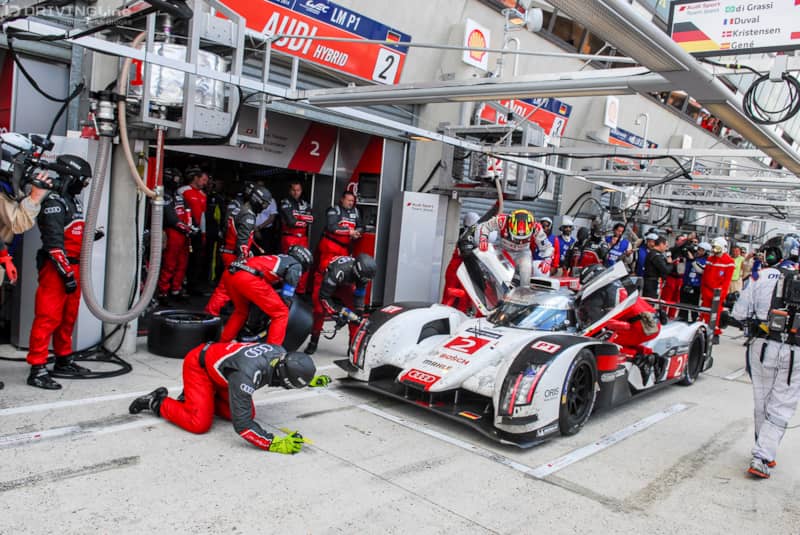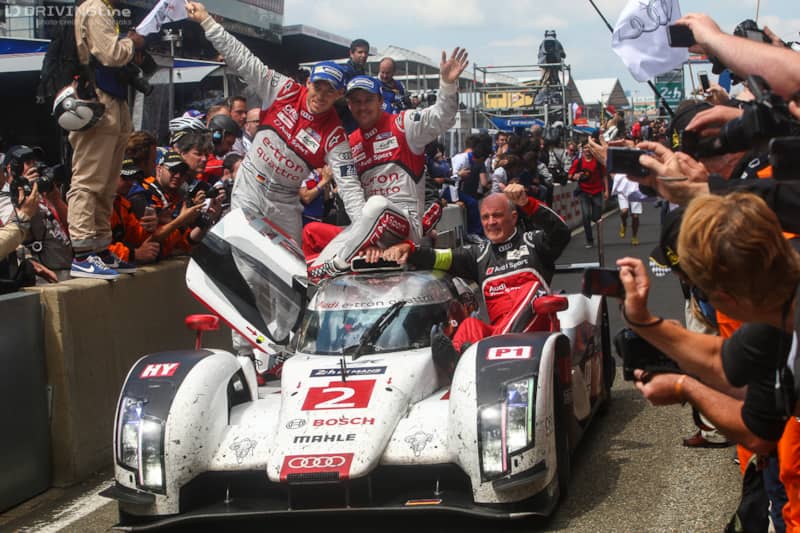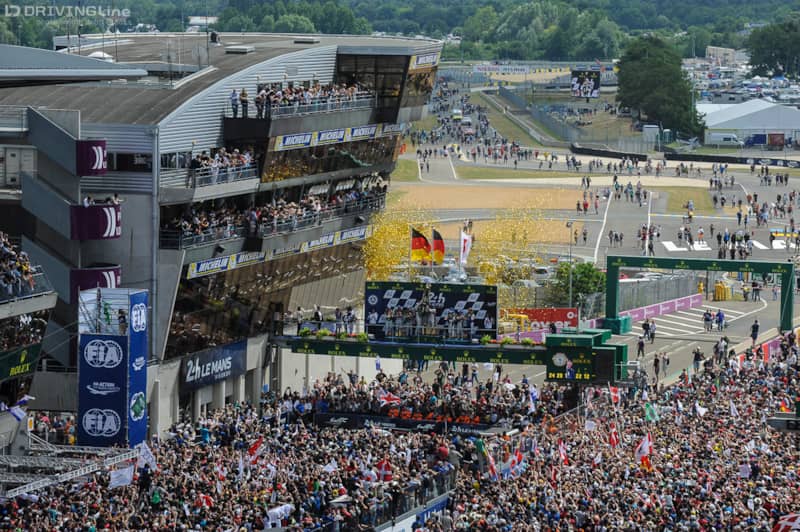Unexpected Results On the Mean Streets of La Sarthe
The track is quiet, the engines are switched off, the excitement fades - the crowds disperse and we are left with a result that seemed most unlikely at the start of the 2014 Le Mans 24 Hours. With the drastically different technology in the top LMP1 class this year, racing enthusiasts had varied opinions about how it would all play out - and it certainly unfolded as a unique drama during race week.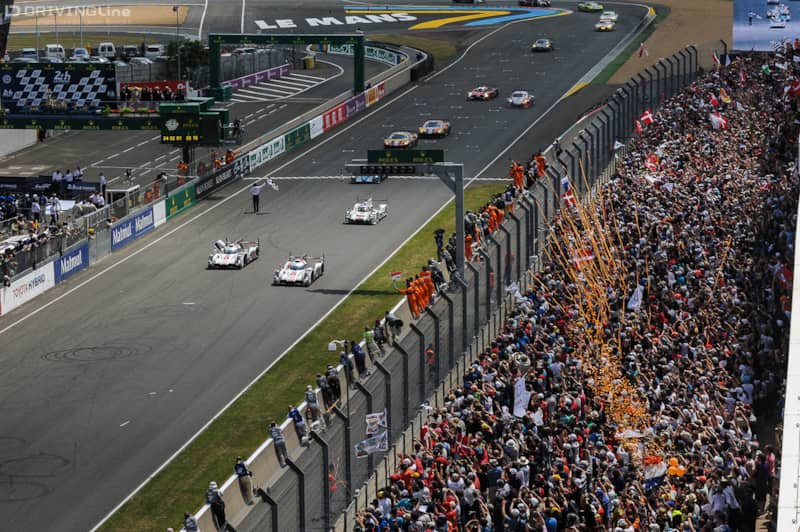
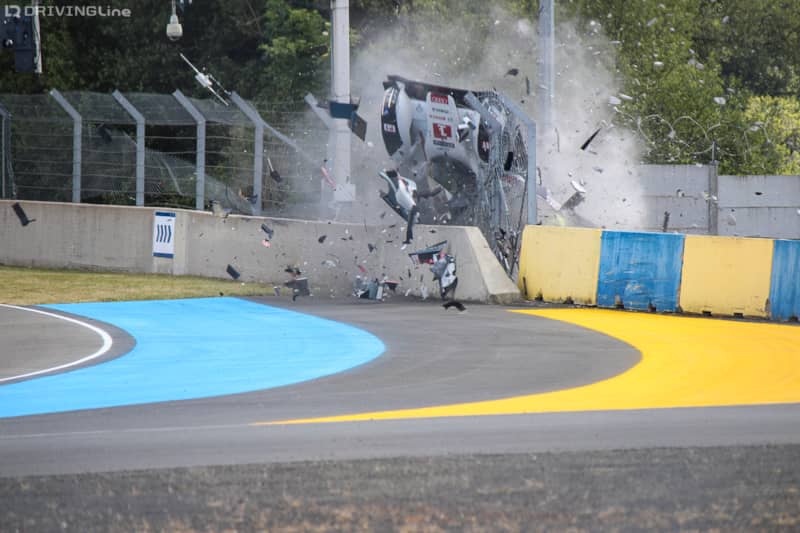
Audi Starts with Disaster
Wednesday's qualifying practice sessions on track turned into something of a disaster for Audi. Driver Loic Duval was turning the timing screens purple sector by sector, indicating the fastest time of the day. Suddenly there was a Red Flag and all the action ceased -a message on screen confirmed that Duval and the #1 Audi were the cause of the stoppage. This was no minor incident, though the safety features on the Audi held up well as did the track fencing, doing its job of retarding the errant vehicle. Duval was given the OK after visiting hospital, but his participation in the rest of the races was at an end. In a precautionary move, Audi replaced the Frenchman with the experienced Marc Gene.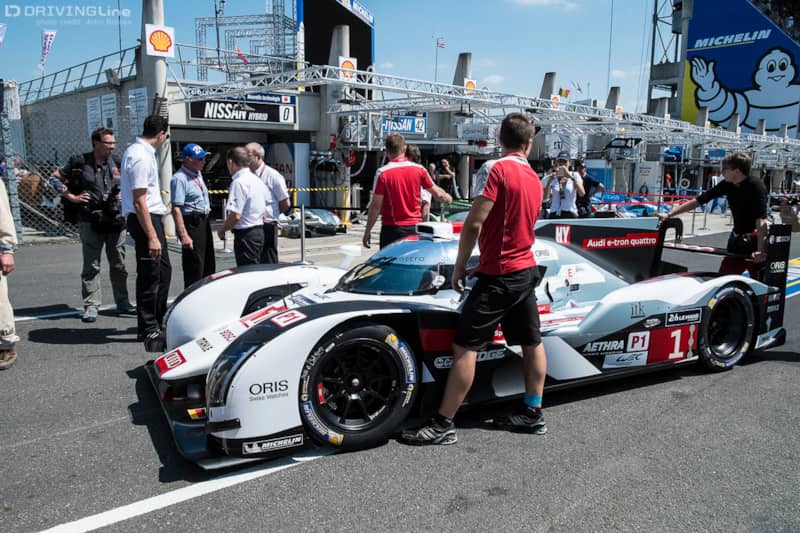
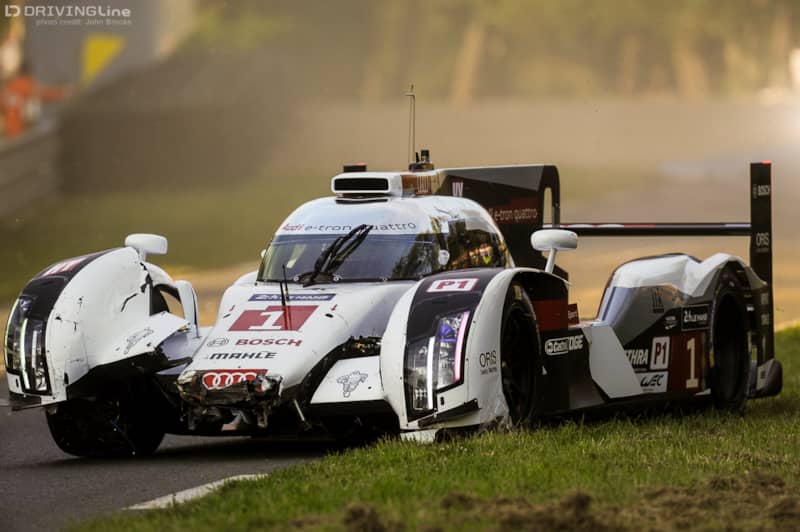
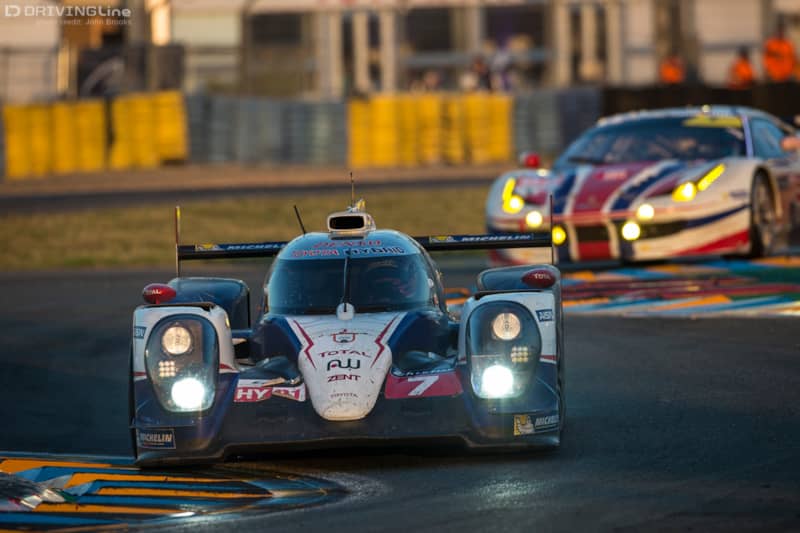
Toyota Starts on the Pole
Qualifying never really caught fire, too many Red Flags and local Yellows to allow any serious contest to develop. As predicted, it was a Toyota on pole, Kazuki Nakajima posting a 3:21.789 in the #7 TS040 - Hybrid.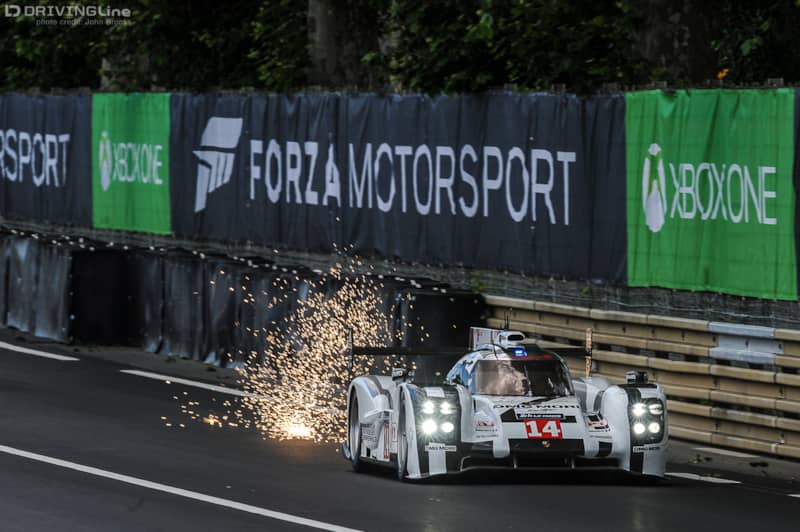
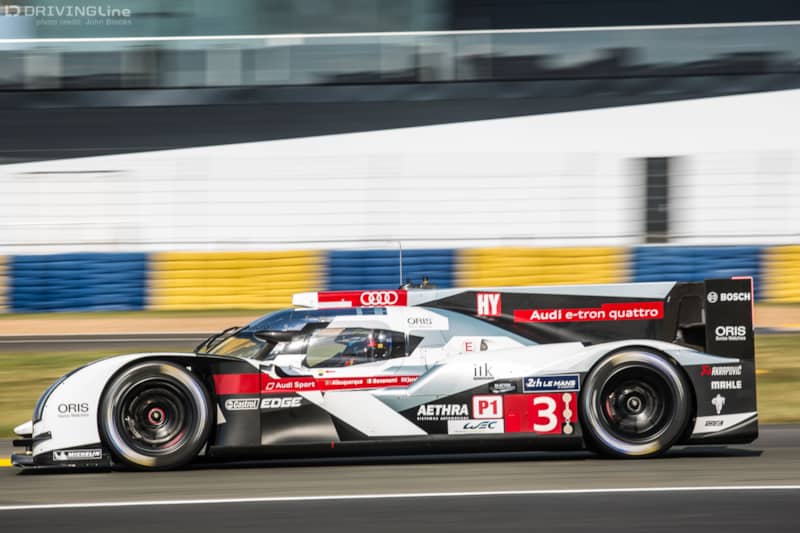
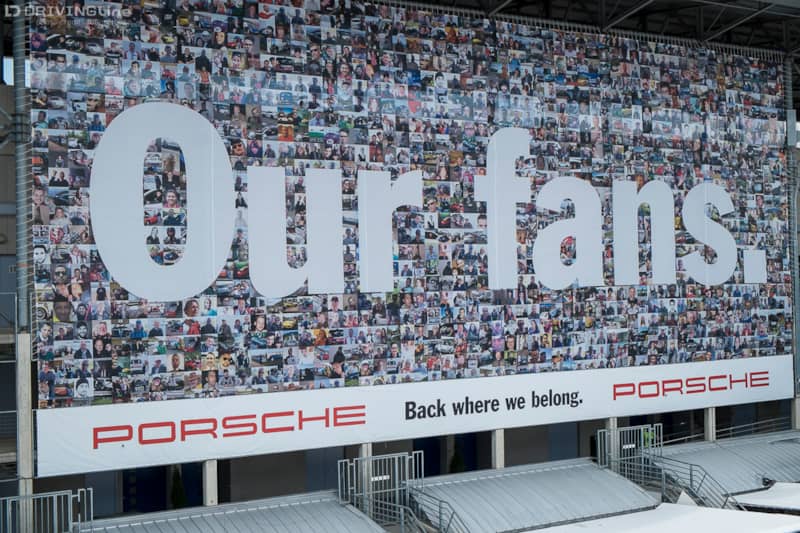
Changing Technology
In my previous piece setting the scene for this year's race, I tried to outline the rationale behind the complex (and expensive) new regulations. Listening to some of the folk in the Paddock, who actually do know what they are talking about, there were some interesting observations about some unlikely developments... One of the surprise benefits of trying to run these cars is in the area of software management. Previously the software packages controlling the electronics were sourced from independent suppliers - when the problems arose, as they always do, there was little inclination to accept responsibility, it was always the other company's fault. Now the software is written in house and this is having a direct influence on the performance and reliability of road cars, making even more complicated control systems possible.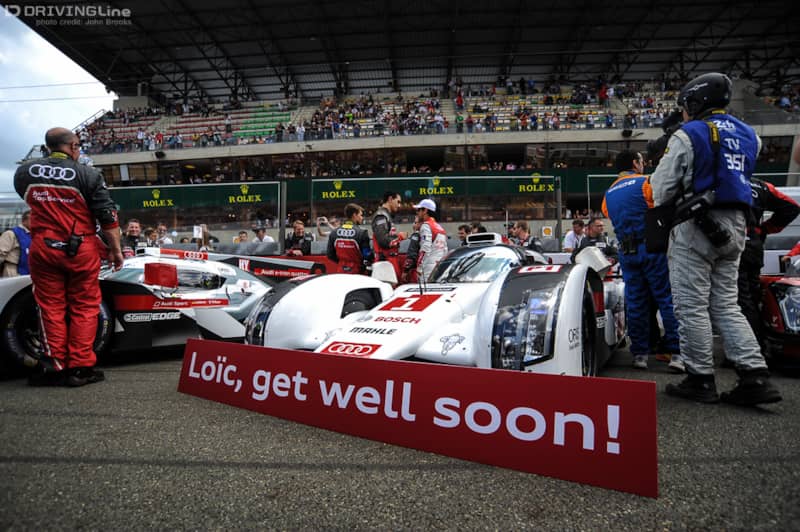
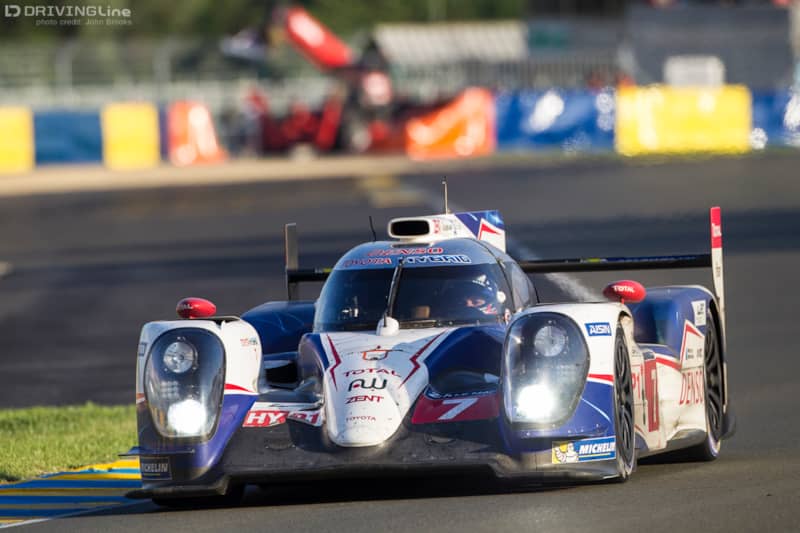
Repairs Begin Soon After the Start
Toyota #7 sprang into the lead and pulled away from the pursuing Audis and Porsches, it was obviously designated as the hare. We are used to total mechanical reliability throughout the whole race from the leaders at Le Mans, so it was something of a surprise to see Porsche #14 into the pits during the first hour for repairs to the fuel system which had almost failed out on track.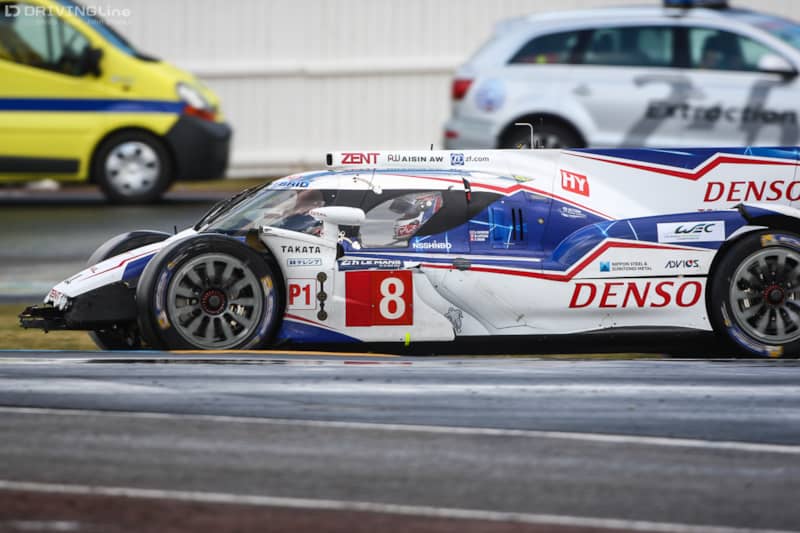
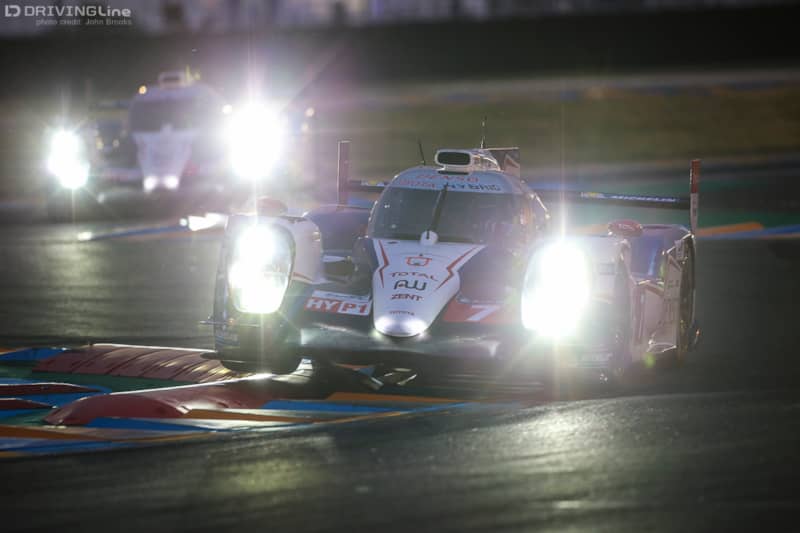
A Test of Efficiency
As night fell Toyota #7 maintained a steady gap to the #2 Audi of around two minutes - but they were not drawing away from the opposition as expected, the slightest problem on Toyota's part would give the lead over to the German team. This caused some head scratching in the ranks of observers in the Media Centre, what was going on? The most likely answer which emerged post-race was that both Porsche and Toyota had reduced the level of energy harvested to conserve the super-capacitors and batteries, their efficiency being tested by the duration of the race and the relatively high temperatures.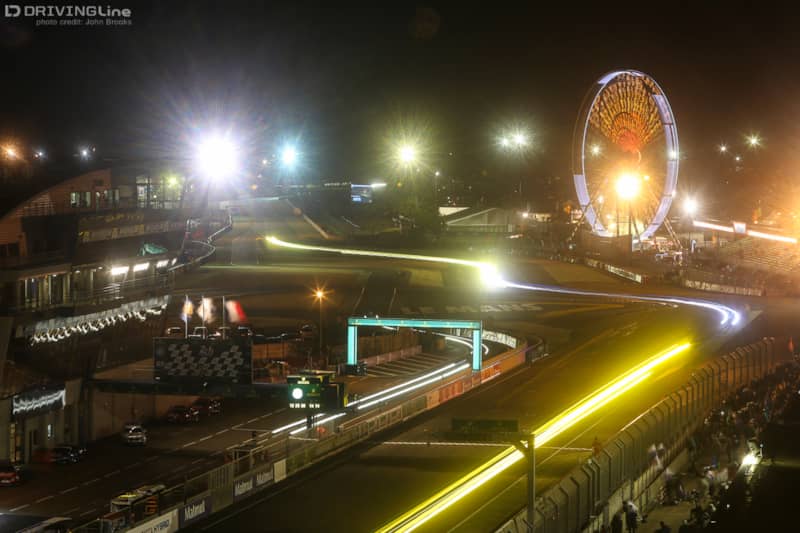
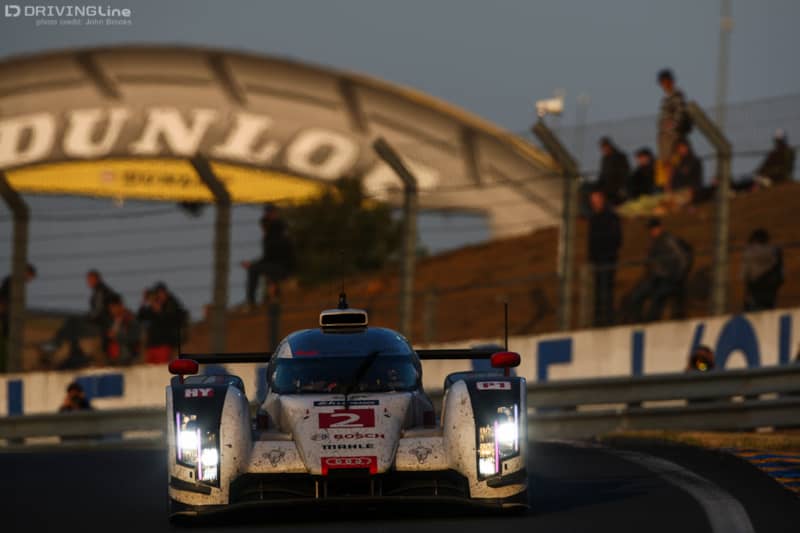
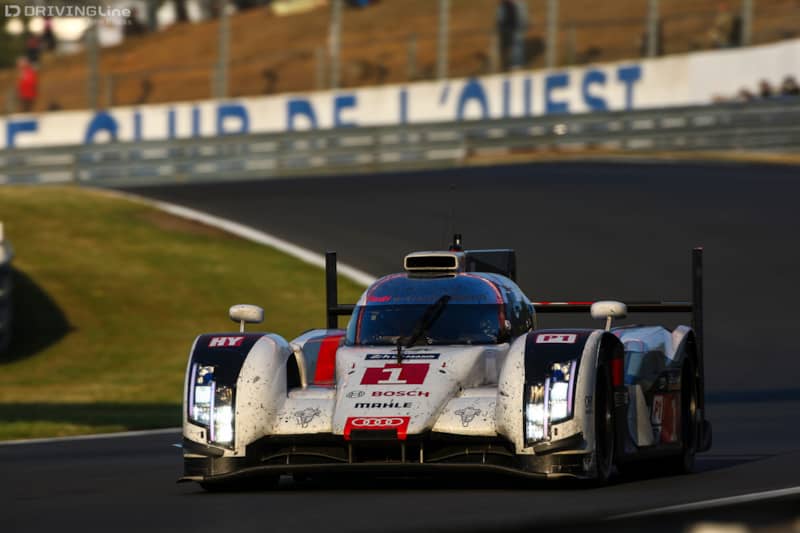
An Unlikely Lead
Once again the Race Gods decided to intervene...within two hours of taking the lead, Marcel Fässler brought the #2 Audi R18 e-tron quattro into the pits as a turbo had failed and needed changing. A mechanical failure, how un-Audi! One bit of good fortune was the 30 minutes required to complete the task coincided with a Full Course Yellow and only five laps were lost and third place was still theirs. The #1 Audi had a laps advantage over the #20 Porsche, could this be Tom Kristensen's tenth victory at La Sarthe in #1 Audi?